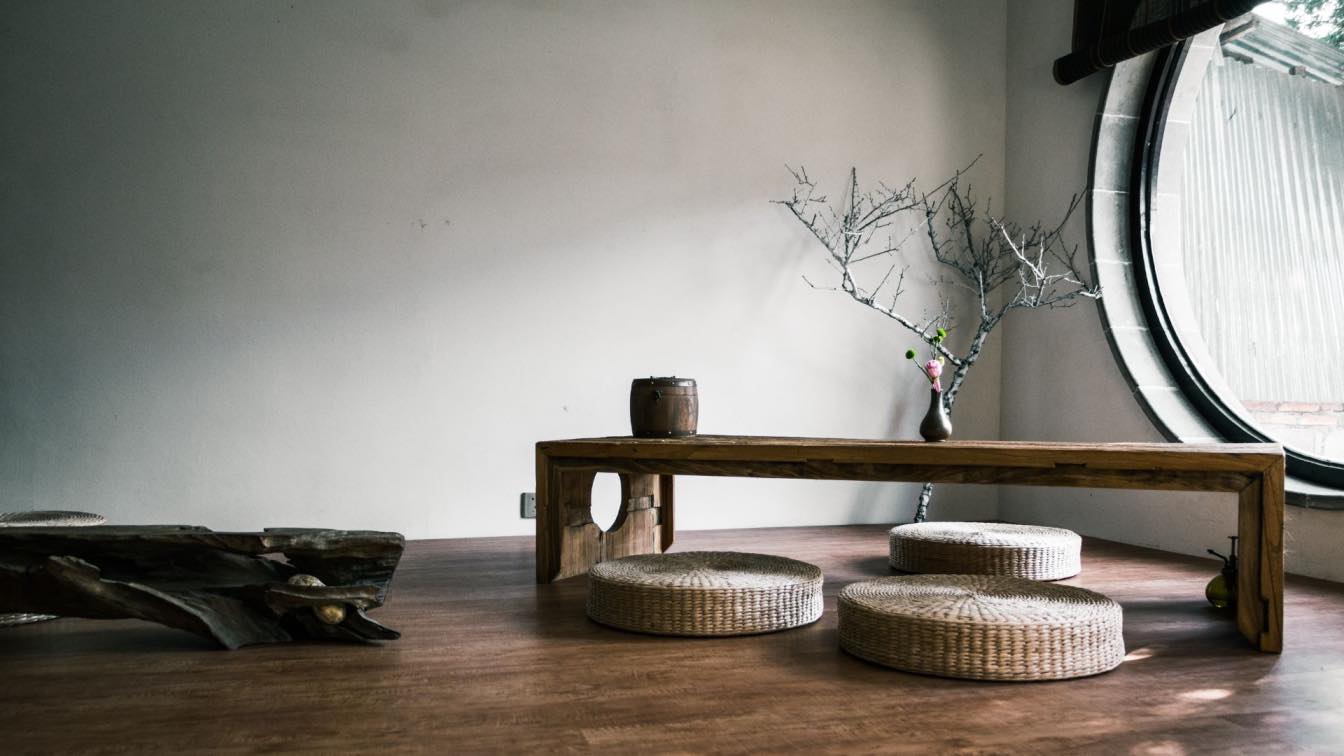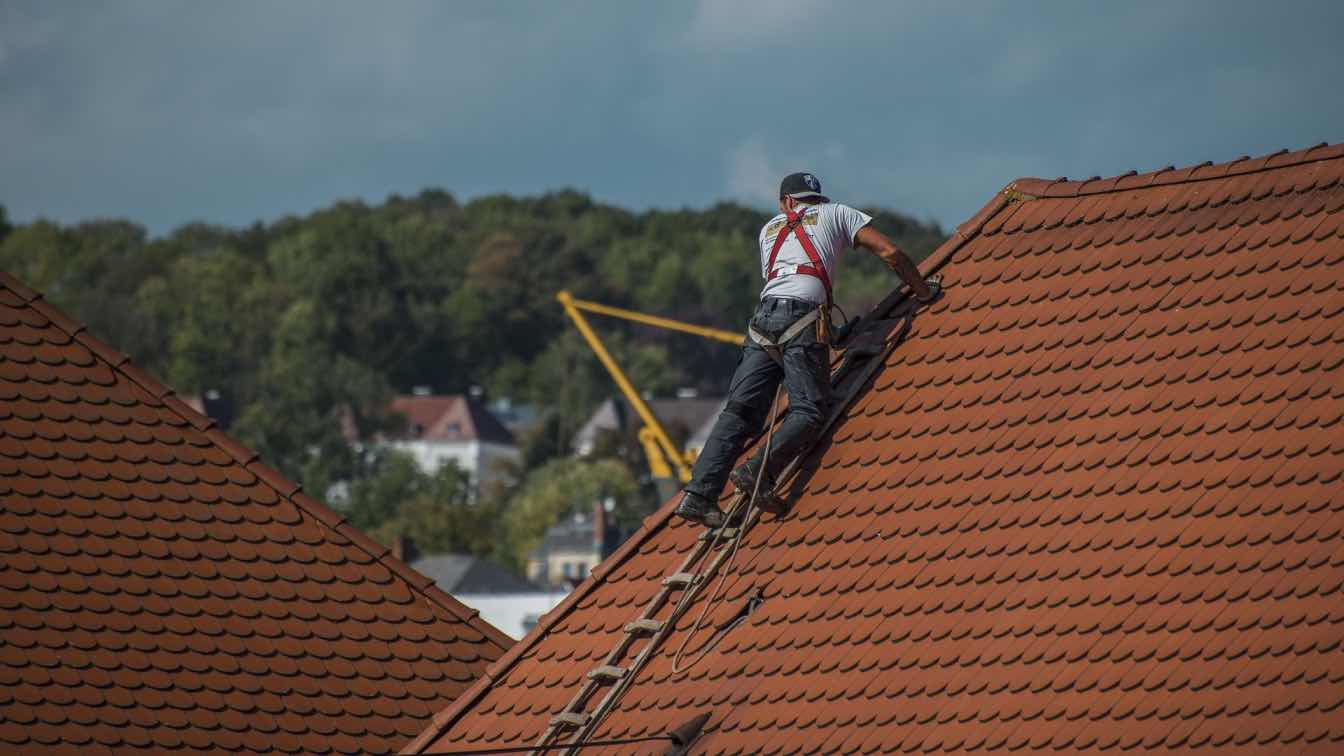The sports that we know, and love might stay the same throughout the years, but the way we consume and enjoy these spectacles is constantly evolving. The modern sports facilities and stadiums around the world look nothing like their predecessors, simply because modern stadium architecture and design are driven by consumer trends as well as the innovative ideas of the clubs, investors, and their governing organizations. From this beautiful golf academy and clubhouse in Aqaba, to the Arsenal’s Emirates Stadium and beyond, stadium architecture and design has become a science and an art form.
 Munich Olympic Stadium, München, Germany. image © Christoph Keil
Munich Olympic Stadium, München, Germany. image © Christoph Keil
The revolution in this sector is not only driven by entertainment trends or the need for more immersive experiences, though. Drawing from the painful lessons learned from the disasters at stadiums around Europe during the seventies and eighties, governments and investors have made great strides to ensure that modern stadiums are safe. Safety is one of the driving factors of design and architecture in this field nowadays, and today we will be taking a look at how this and other factors are shaping the industry as a whole.
The science of sound management
Sound is one of the most important elements of the viewing experience, and when utilized and molded the right way, it can turn spectators into participants. And that’s exactly what the modern audience wants and needs – a way to have a more hands-on experience in the event and a way to participate in the game. While the viewer is not able to actively participate, the acoustics of the setting are more than enough to drive them to the edge of their seat and make them feel like their voice matters.
The roaring of the crowd must not be dampened, the voices of the commentators must be clear, and every sound coming from the playing field must be heard in the furthest of seats. Working closely with professional sound designers specializing in optimizing the sound for large closed and open venues, architects can achieve these effects to bring a more immersive experience to every audience member.
 Volksparkstadion, Hamburg, Germany. image © Mario Klassen
Volksparkstadion, Hamburg, Germany. image © Mario Klassen
The integration of better technology
Technology is a big driver of change in the world of architecture and design, as it allows architects to bring innovative ideas to life, but also to appeal to the modern audience through its implementation into the space. The same goes for sports venues and stadiums, as the modern audience wants and needs better tech solutions to bring crystal-clear sound and high-resolutions visuals to every corner of the venue. Of course, it’s not just about better sound or visuals, it’s also about the connectivity of the space.
Experienced designers know that visitors want to stay connected and enjoy the tech perks they’re used to getting at other venues around town, which is why integrating super-fast Wi-Fi systems along with complete mobile coverage is an important step. This helps create a more immersive experience for all and it allows the fans to communicate seamlessly from different parts of the stadium.
 Henningsvær Football Soccer Stadium Lofoten, Norway. image © Ivars Utināns
Henningsvær Football Soccer Stadium Lofoten, Norway. image © Ivars Utināns
Creating the perfect atmosphere with lighting
In the fields of architecture and design, you will always hear talks of the importance and power of artificial lighting. The right lighting scheme has the power to completely transform the setting and scale the ambiance just right, and when it comes to sports venues, it has the power to transform the viewing experience. That said, it’s important to note that lighting manufacturers and architects are also focusing heavily on energy-efficiency and cost reduction through lighting technology.
This is how some of the popular manufacturers around the world are servicing the sector, such as BUCK's stadium LED lighting solutions that meet the sports lighting standards, ensure safety and efficiency, but are also optimized for a top-notch viewing experience. When it comes to illuminating the sports venue, there can be no room for mistake, but the architects and designers know that the seating area also needs to have the right type of lighting to frame the design and ensure audience safety.
Maximizing ROI with multipurpose venue design
Sports venues can serve a distinct purpose if the investor wishes for it, such as an investor that needs a football stadium or a purpose-built tennis court. Every sport has its unique requirements, and its stadium needs to look a certain way while providing the right features and experiences to the audience and the players. That said, this doesn’t mean that multi-purpose design is not on the rise.
Quite the contrary, in 2021 and the years to come, we will see designers and architects taking on innovative projects such as the design and construction of hybrid, multi-purpose stadiums capable of accommodating various sporting events. Modular design coupled with the right lighting and technology will allow stadiums to attract a diversified audience and thus maximize the ROI of the investment.
Providing a comprehensive experience to visitors
Finally, it’s important to note that modern stadium design aims to provide a comprehensive experience to its visitors. Now that sporting events are becoming more sustainable as well, providing more experiences to audience members is easier than ever before, such as restaurants, daycare, various facilities and entertainment centers, and more. Incorporating the spaces and factoring in additional features in the design process is crucial to immerse the modern visitor and inspire people to get together in a space that tends to all their needs.
Wrapping up
Sports architecture and design are continuously evolving with the new trends. In 2021 and the years to come, we will see these trends overtake these sectors in an attempt to bring better viewing experiences to the visitors, and higher returns to the investors.





